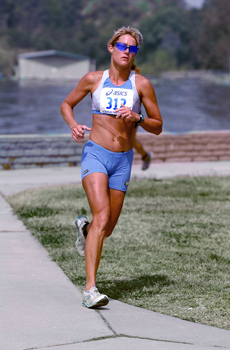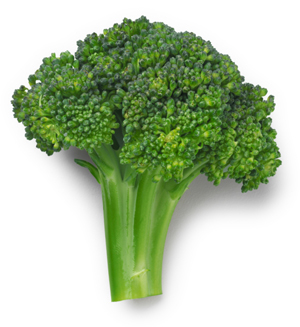Treating Onset Muscle Soreness after a Triathlon
 Competing in a triathlon is no easy task; executing three sequential sports in a fast-paced race environment taxes both the mind and the body. As a result, triathletes walk away feeling some type of post-race effects, especially tightening and soreness of the muscles and reduced mobility. Generally, these symptoms grow worse before they improve. This guide will take a look at some steps you can take so you can finish your race pain-free.
Competing in a triathlon is no easy task; executing three sequential sports in a fast-paced race environment taxes both the mind and the body. As a result, triathletes walk away feeling some type of post-race effects, especially tightening and soreness of the muscles and reduced mobility. Generally, these symptoms grow worse before they improve. This guide will take a look at some steps you can take so you can finish your race pain-free.
What to Expect after a Race
Post-race soreness varies from race to race, and athlete to athlete. It can last anywhere from a couple hours to an entire week after the race’s completion. Regardless of your experience, ability, and pain threshold, there are measures that all triathletes should take in order to treat or even prevent onset muscle soreness during, but especially after the completion of a triathlon.
Warm-up Before, Warm-down After
Although it might sound difficult to stretch while competing in a race, you will definitely appreciate the aftereffects. For example, stand on the balls of your feet while biking, and allow your heels to drop below the peddle; this will stretch and open up the hamstrings and calves.
Stretching is one of the most overlooked recourses athletes can take to prevent soreness and injury. Many triathletes hop into the water at the start of the race, having taken little or no time to stretch or warm-up. As a result, the recruited muscles are forced to fire when they haven’t been properly prepped:
- This is an easy way to injure yourself or at the very least, drastically limit your racing potential. Ideally, the best pre-race stretches are active or dynamic in nature.
- These stretches recruit range of motion and movement, unlike static stretches, which call for an elongation and hold of the muscle being stretched.
Post-race stretching is just as important as pre-race stretching, though it is often overlooked and neglected by many triathletes. This is understandable; after countless miles and hours of physical exertion, who would want to spend more time stretching and exercising when they could just as easily sit down and rest? Still, do not disregard post-race stretching: It is the primary measure a triathlete can take to prevent muscle soreness and inflammation. Upon the race’s completion, any stretching method is fine to pursue: Active, static, or dynamic.
Ice Bath
Triathlons take a large toll on your feet, legs, back, and even shoulders. As a result, body-wide inflammation needs to be controlled; ice baths will serve to this demand.
Athletes of all sports will attest to the healing properties of an ice bath. By icing a sore or swollen part of the body, you are allowing the body to cool down and constrict due to the temperature. This constriction (of the tissue, muscles, blood vessels, etc.) reduces blood flow, allowing for any inflammation to diminish. If hopping into a tub of frigid ice water does not sound appealing to you, simply using an ice pack to help heal your joints, muscles, and ligaments will do.
Eat Low Glycemic Foods
 A key part of reducing onset muscle soreness is eating a low glycemic diet, like meats, nuts, and vegetables. Such foods that do not spike insulin levels, which can impede the healing process:
A key part of reducing onset muscle soreness is eating a low glycemic diet, like meats, nuts, and vegetables. Such foods that do not spike insulin levels, which can impede the healing process:
- Although a small insulin spike is beneficial immediately following a race, prolonged consumption of insulin-spiking foods will only further the inflammation your body is experiencing from the traumatic level of exertion.
- Increased inflammation will only escalate the symptoms of onset muscle soreness, obstructing the recuperation period.
Natural foods, rich in minerals, will feed your body and muscles so it can recover faster and more efficiently than processed foods. Controlled insulin levels will allow the body to heal in a timely manner, since it can spend more time recovering from the event and less time dealing with erratic insulin levels.
Recovery Attire
Following the race and post-race stretching, change into clothes that are both comfortable and suited to your current condition. Compression gear is an ideal choice for recovery attire because its compressive effects work to increase and regulate blood flow. Some athletes also choose to remove their shoes immediately following a race so their (already swollen) feet have a chance to breathe without being constricted.
Post-race Effort Pays Off
Post-race warm-downs are commonly overlooked in triathlons. The main (and very understandable) reason for this is because triathletes are often exhausted, and just want to rest after a race. However, refraining from warming down (just like warming up) can easily lead to an injury. Stretch your muscles back to their inactive state and gradually lower your heart rate. Onset muscle soreness is often an inevitable aspect of completing a triathlon, but with these recourses and techniques, it can be combated into a very manageable and minimal condition.
